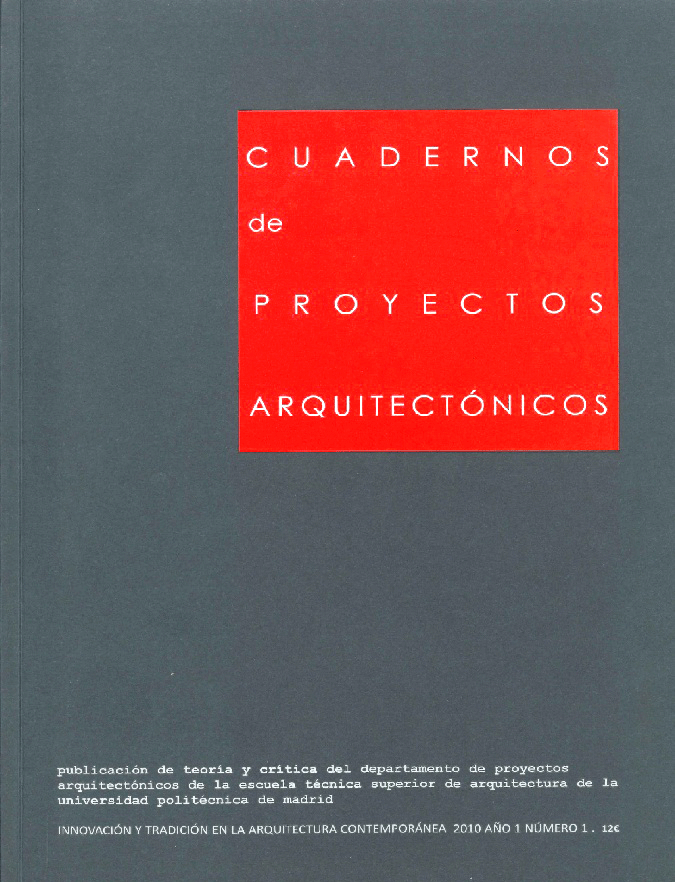Veinte años después. Dos casas de Erik Gunnar Asplund
Palabras clave:
place entrance caracterResumen
Analyzing two houses designed by Gunnar Asplund, and separated in time by twenty years, allows us to find some tendencies that prevail despite the changes in style that critics have identified throughout his career. The Snellman house stands out for the value attached to dimensions as the fundamental element in defining project. The house is defined through the simplicity of two articulated prisms that relates to their setting in its totality. The yard is configured in relation to the buildings and preexisting elements. In the Stennäs house a particular emphasis is placed on the way of access and the value of the elements in its location, which account for the angle break in its volumes and its relationships with use, scale, orientation and views. With adjustments to the dimensions of the program, the resulting flexibility with regards to functions and its relationship with open spaces, as well as the use of materials, are aspects that help to articulate tradition. This relationship between the two houses becomes evident especially in three areas. Their position and the understanding of their location as a totality, which is in turn emphasized in the drawings. All elements, both new and pre-existing appear with great intensity in the site plan. Their entrances and paths of arrival are related in their respective site plans. Their space is defined by their doors, their potion, their size, and their openness. Their character lies in their conception as houses designed to harbor everyday life. Parting from this ideal, a house is able to guarantee protection and a complete everyday functioning. The idea of character emerges as an unavoidable law for drawing and constructing these houses.
Descargas
Descargas
Publicado
Número
Sección
Licencia
1. Los autores conservan los derechos de autor y garantizan a la revista el derecho de una Licencia Creative Commons Atribución-NoComercial-SinDerivar 4.0 Internacional que permite a otros compartir el trabajo con un reconocimiento de la autoría.
2. Los autores pueden establecer por separado acuerdos adicionales para la distribución no exclusiva de la versión de la obra publicada en la revista (por ejemplo, situarlo en un repositorio institucional o publicarlo en un libro).












